Architecture is a subjective thing. To many, the Aberdeen high-rise buildings are ugly blights on our skyline.
The former police HQ at Queen Street, court buildings and Town House are brutalist blocks, juxtaposed next to some of the city’s grandest offerings.
And Norco House, which once housed John Lewis, distorts the flow of fine granite architecture which lines George Street.
But all of these buildings mark a period of time in our history where architecture started to change.
Love it or hate it, some believe these buildings should remain part of the city’s heritage.
And one of their strongest arguments is the impact their demolition would have on the environment.
As the walls of the old Aberdeen Market were recently torn down, questions are being asked why more wasn’t done to preserve the structure – which laterally hosted some of the city’s finest street art.
With concrete releasing huge amounts of carbon into the atmosphere, surely this was no way for Aberdeen to go about becoming a model green city?
Both the Aberdeen Civic Society and the north-east branch of the Architectural Heritage Society of Scotland (AHSS) criticised the idea for its environmental impact.
Citing national carbon reduction aims, the Civic Society described the demolition as “reckless”.
The concrete structures should ‘not be squandered’
The AHSS said the council must be guided by “lessons from COP26”.
The AHSS added: “Therefore, rather than to squander the sound, very robust, and very large if ugly, carcass which the existing market buildings present to us, we should use them as starting point.
“They cost us nothing, the expensive and ghastly business of demolition can be avoided, not to mention the effective doubling of environmental damage which destruction followed by new re-building would entail.”
With that premise in mind I spoke to two people with vested interests in architecture, the climate and our city.
They discussed:
- The potential for redeveloping Queen Street without need for demolition
- Highlighted the buildings as ‘icons of our city’
- And pleaded with the new administration to set the right example for our future
Final year architecture student and mechanical engineer Matthew Clubb has developed his own business retrofitting buildings in Aberdeen to make them more carbon neutral and energy efficient.
It’s something he believes is vital for us to meet climate targets. And in order to do that, he says excessive training has to be done.
As part of his final year coursework he has redesigned Queen Street – currently earmarked for demolition – keeping in place the controversial buildings and creating ‘new skins’ for them.
He believes it would be a perfect place to train the next generation of retrofitters.
And he even wants to add to the building, with a new structure where the car park is.
Former police HQ could be turned into a verticle farm
Where the former police headquarters is at the moment would be turned into a “vertical farm” under his ambitious vision.
“You could just deck the whole inside of it out with year-round food production,” Matt added.
It may sound far-fetched but it’s a model that has proved successful elsewhere.
Matt added: “This already happens in London, where they use disused underground stations to grow salad that gets sold in restaurants on the street – rather than shipping it in from abroad.
“Then the court house building would be a sustainability hub; a training centre with classrooms, workshops, and a repair shop so that people can bring products that are broken and have them repaired.
“But principally it’s about training people to retrofit in Aberdeen.”
To meet energy targets in Aberdeen and Aberdeenshire alone it is estimated we need to be retrofitting 200 houses every week – starting from now.
Matt says in order to ramp up retrofit massively in the next 10 years we need another 500,000 people working in the sector across the UK.
“That’s obviously thousands of jobs for Aberdeen,” he said.
“So my punchline is let’s get people off the rigs and into people’s homes because we need insulation experts, plumbers, gas engineers and electricians.
“But more fundamental than that, we need to train these trades how to work together on a retrofit.
“You need trades working together.”
Robert Gordon University Lecturer, Neil Lamb, thought Matt’s designs were inspiring.
And he wishes more consideration would be given to how we can adapt Aberdeen’s existing buildings before demolition and rebuilding are decided upon.
No need to demolish Aberdeen concrete buildings when we can reuse
In reference to the market, he said: “I just would have loved the council to give the city two alternatives.
“We can readapt it or we can knock it down and build a new speculative space with six coffee shops in it.”
Mr Lamb says locals have a right “to a better city with more considered thinking”.
He said: “I don’t know where that’s coming from in the city.
“I actually think it’s really important people start to understand what steps they can reasonably take to make this situation better.
“It isn’t taking a building and knocking it down and starting again, which is the lesson we are seeing around the city at the moment.
“There is a lot of good stuff in these buildings, there is a lot of heritage in some of these buildings whether you like it or not – and they are icons of our city.
“You just don’t knock it down if you can possibly reuse it. And it’s a more environmental and sustainable solution.
“That is the leadership that we need from our city council to not just catch up but to move ahead of the game and be driving it forward.”
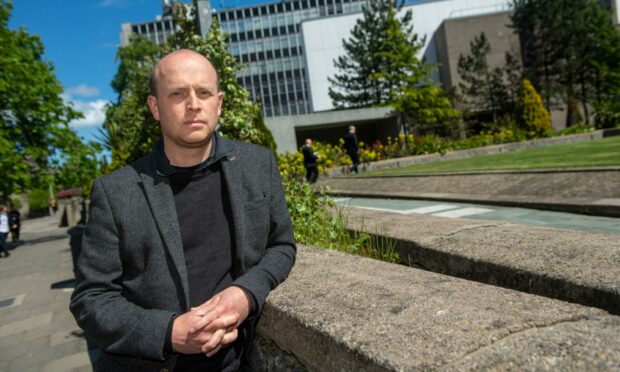
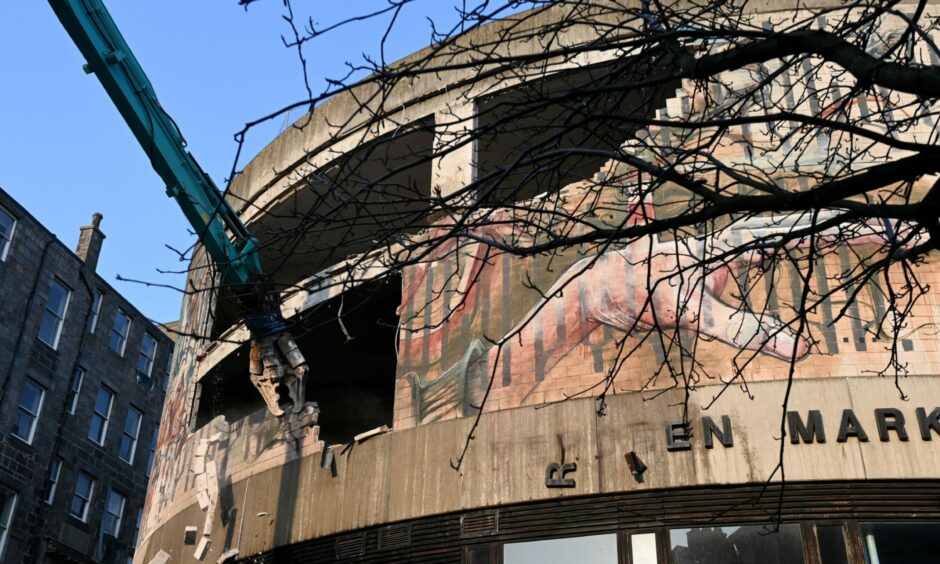
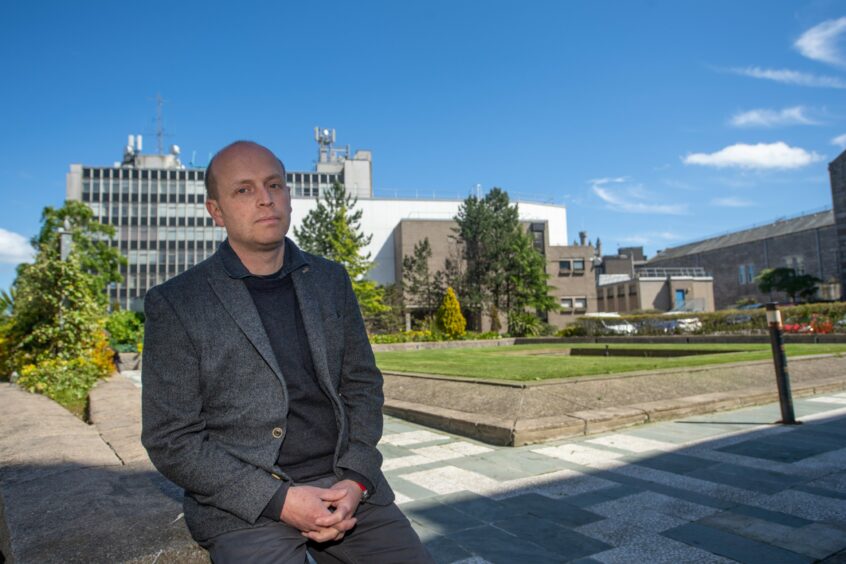
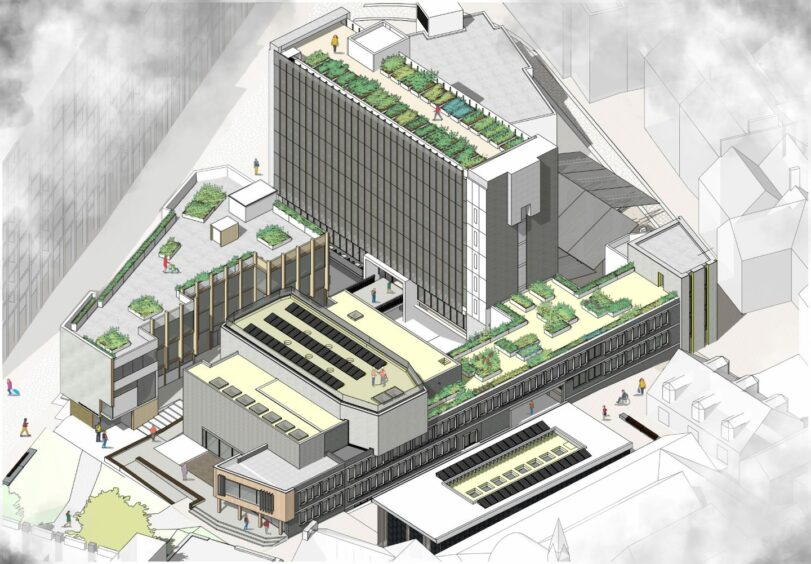
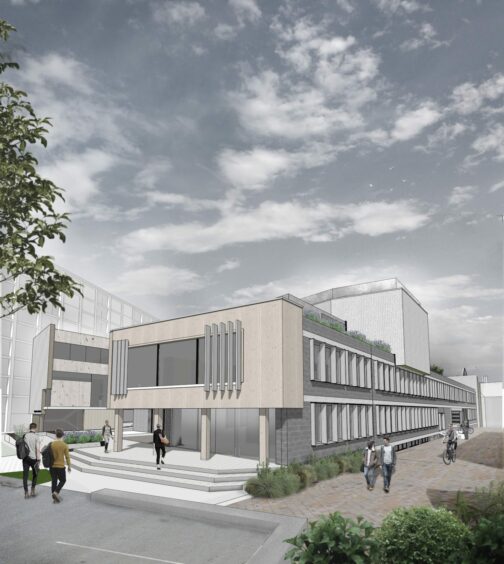
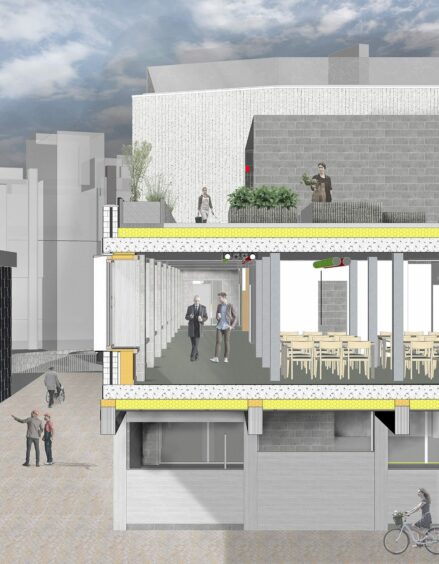
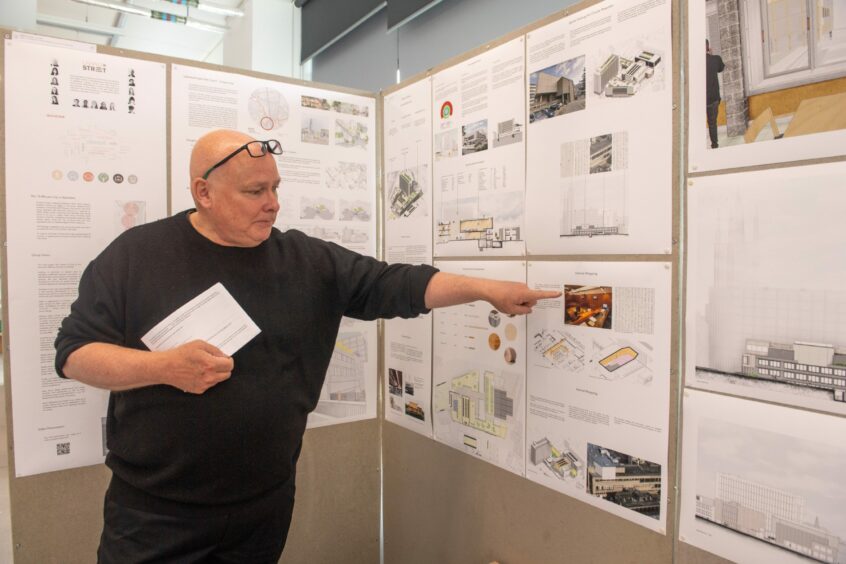
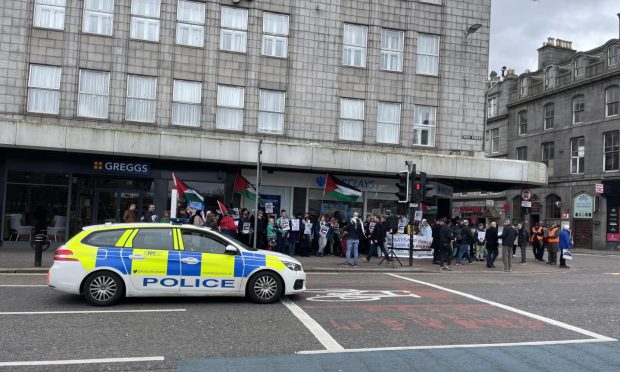

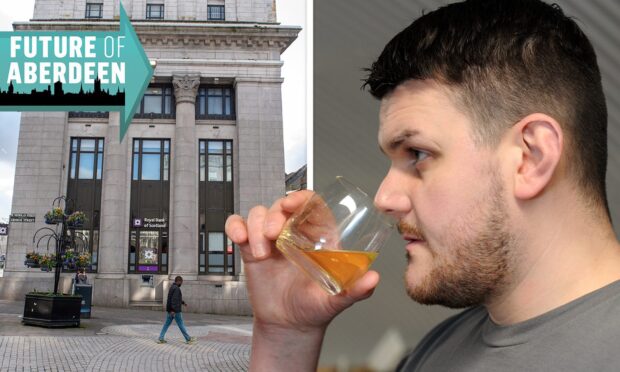







Conversation